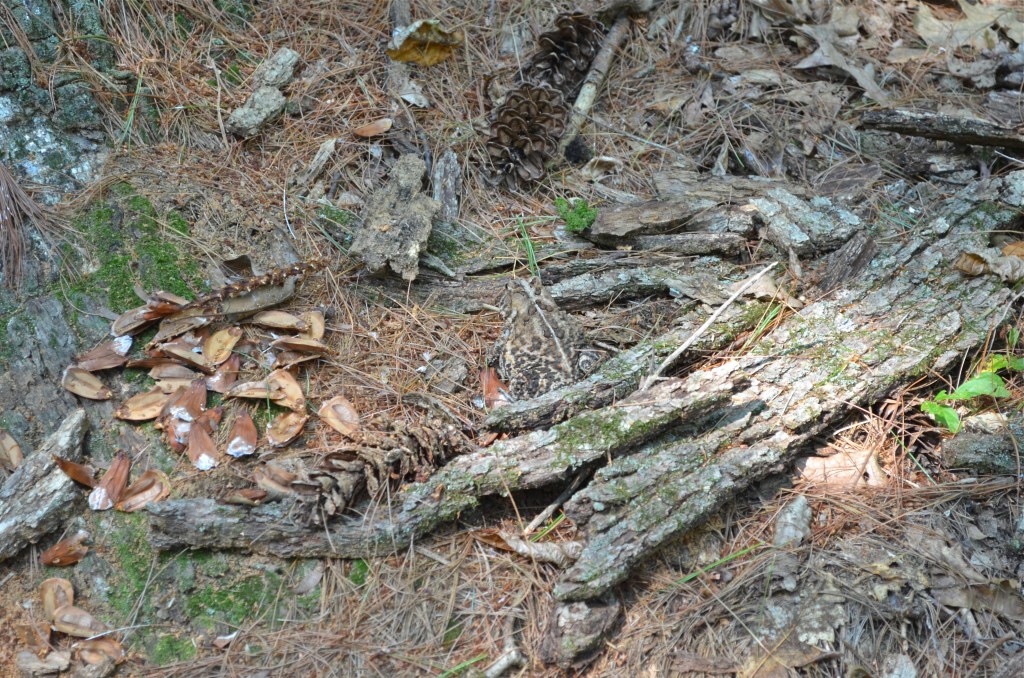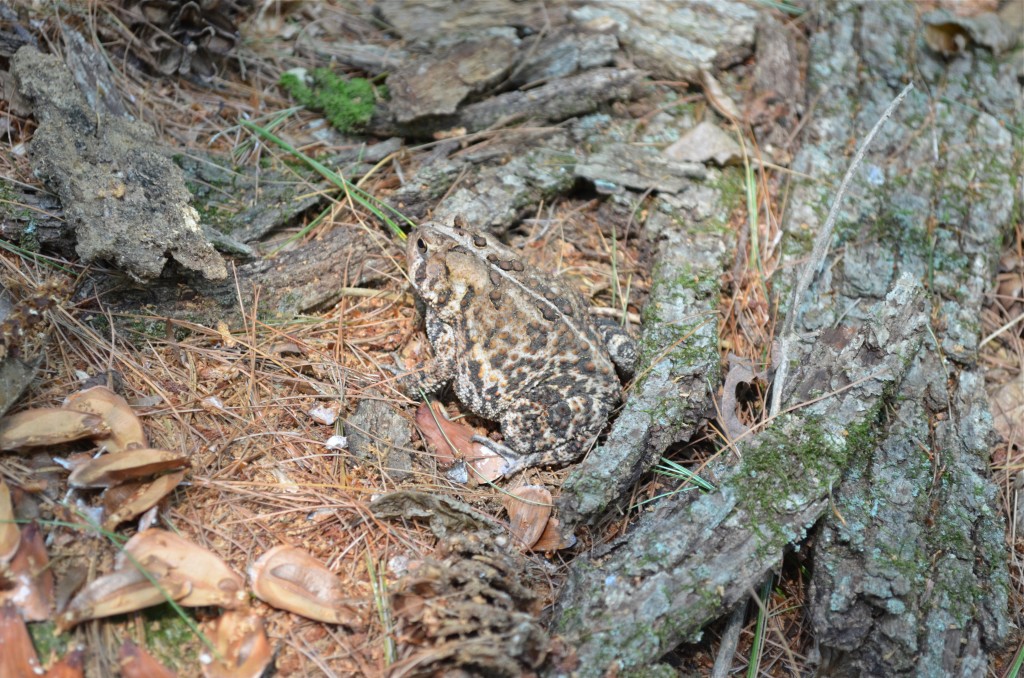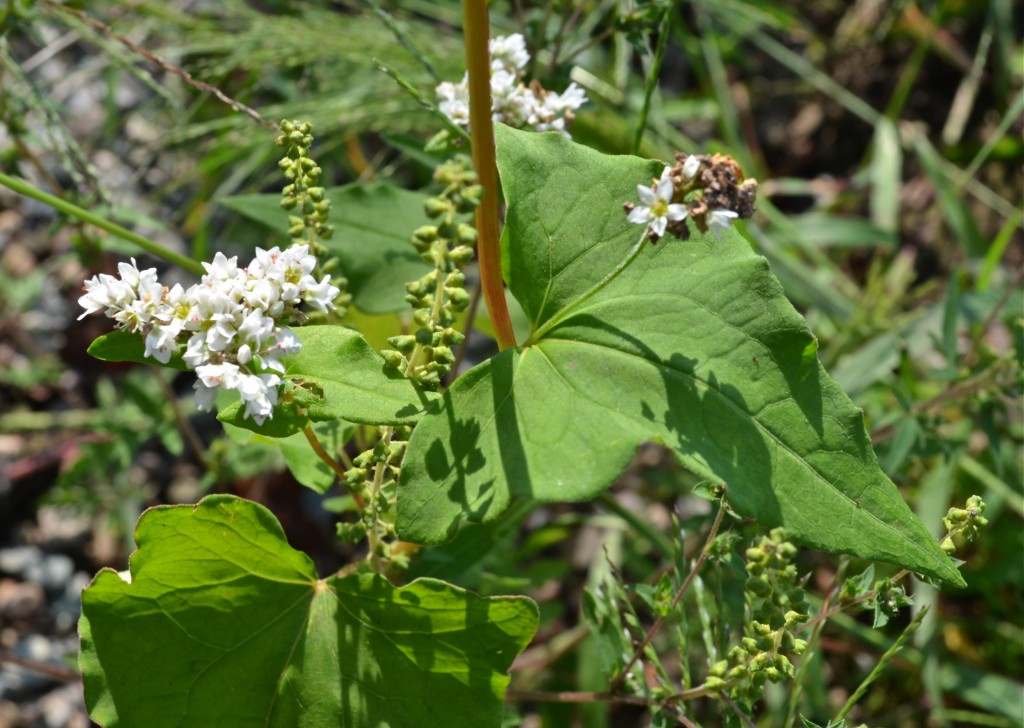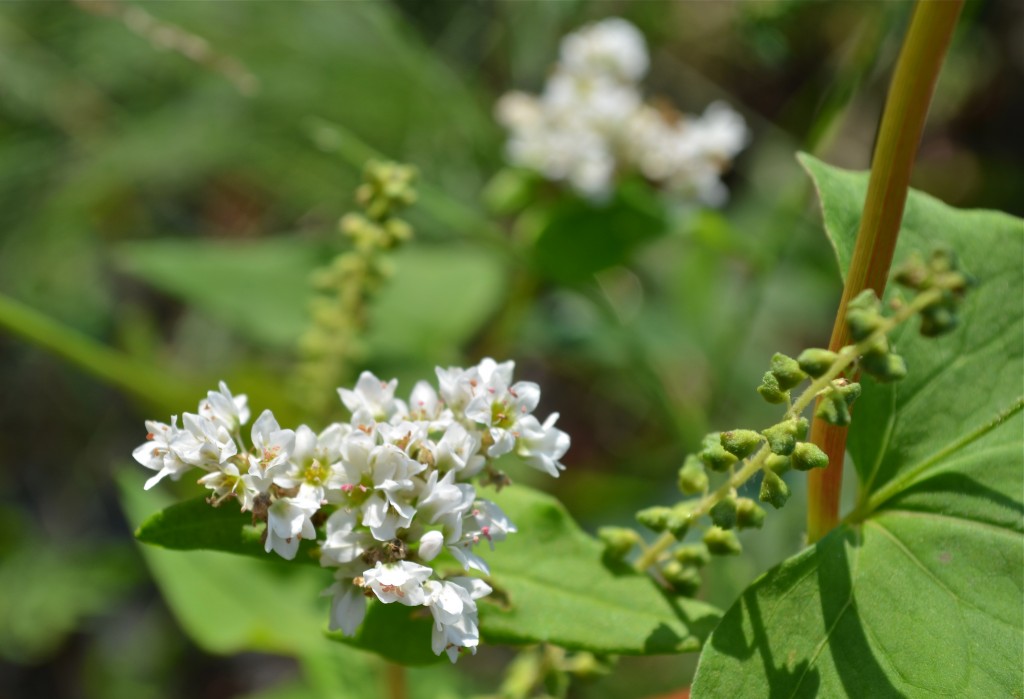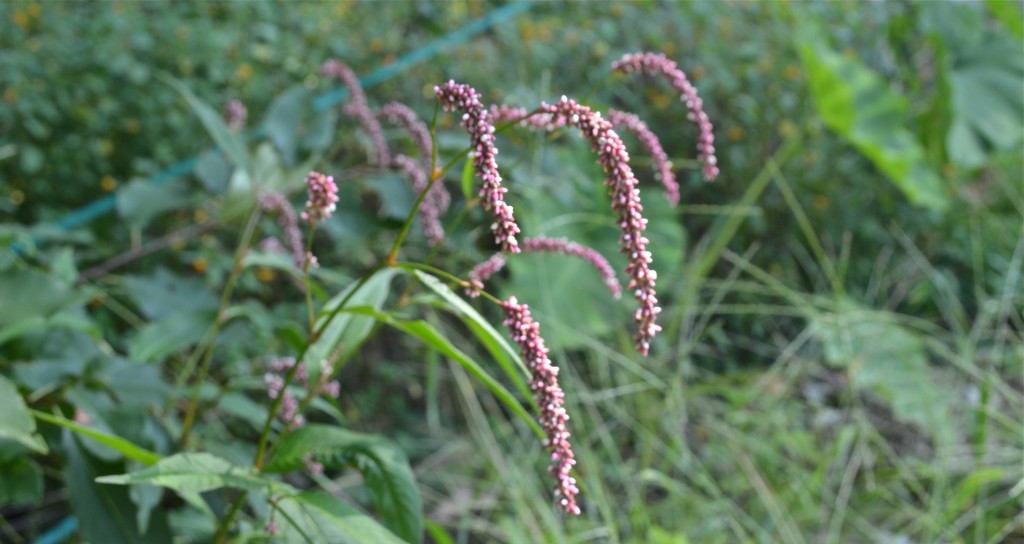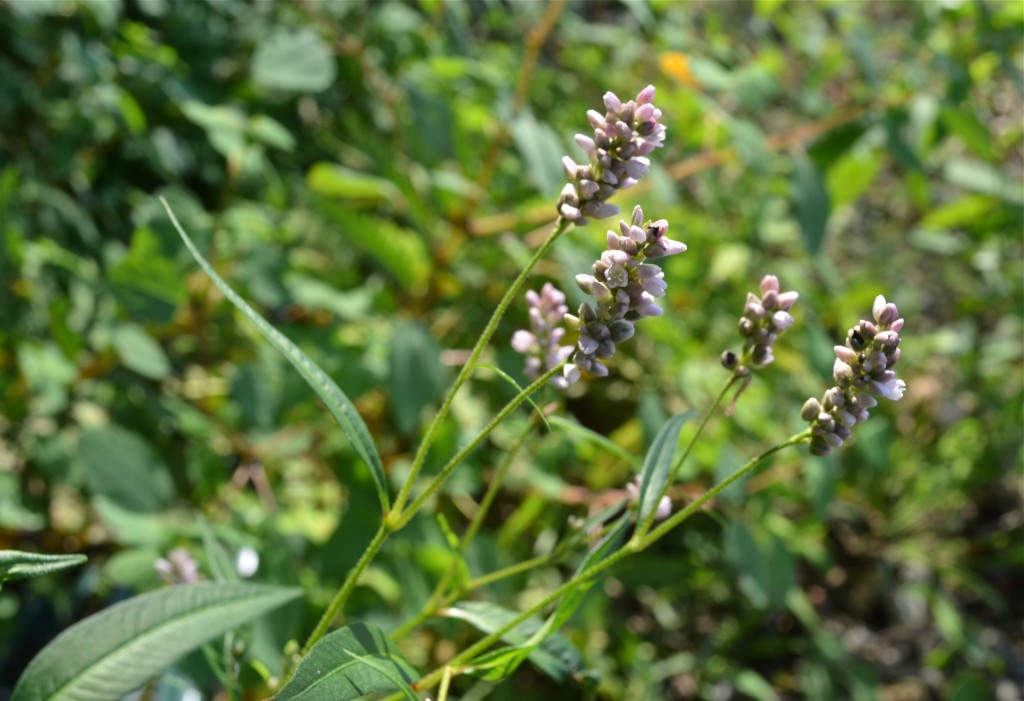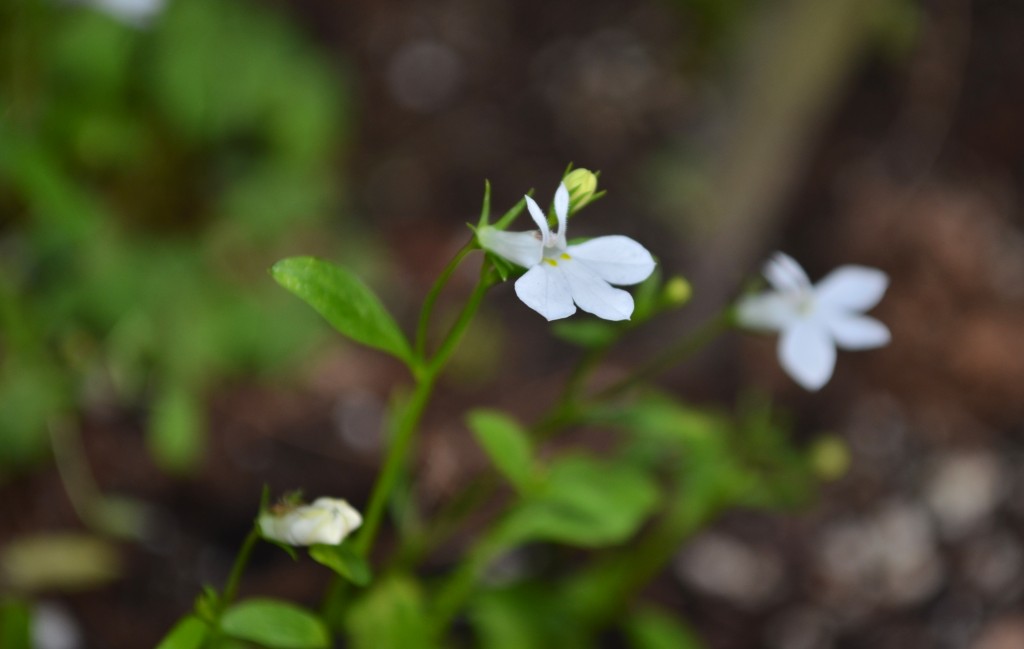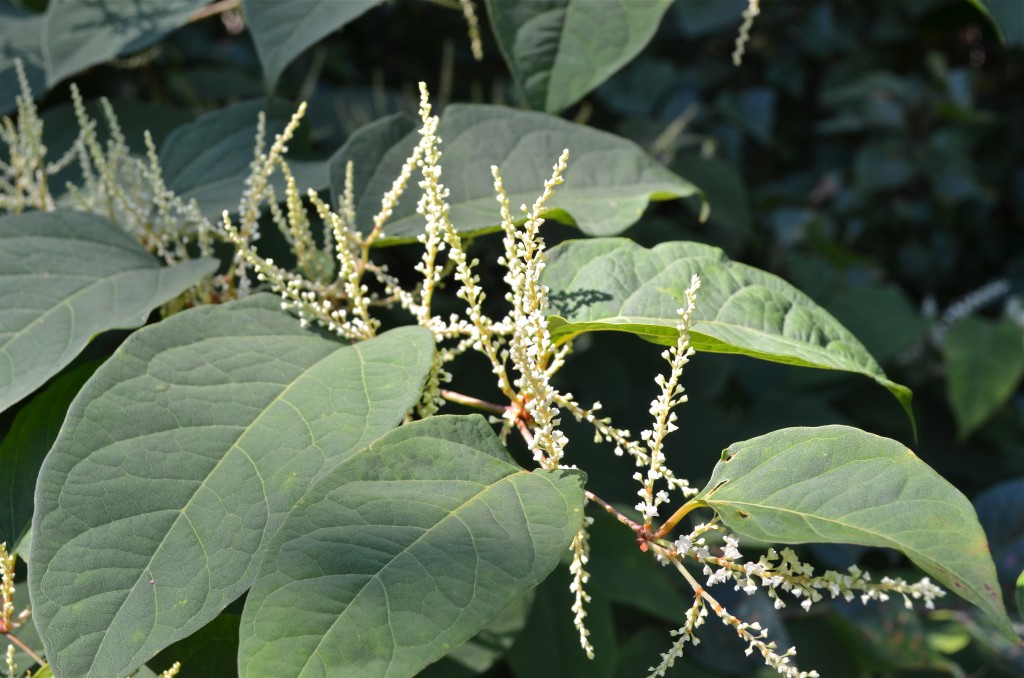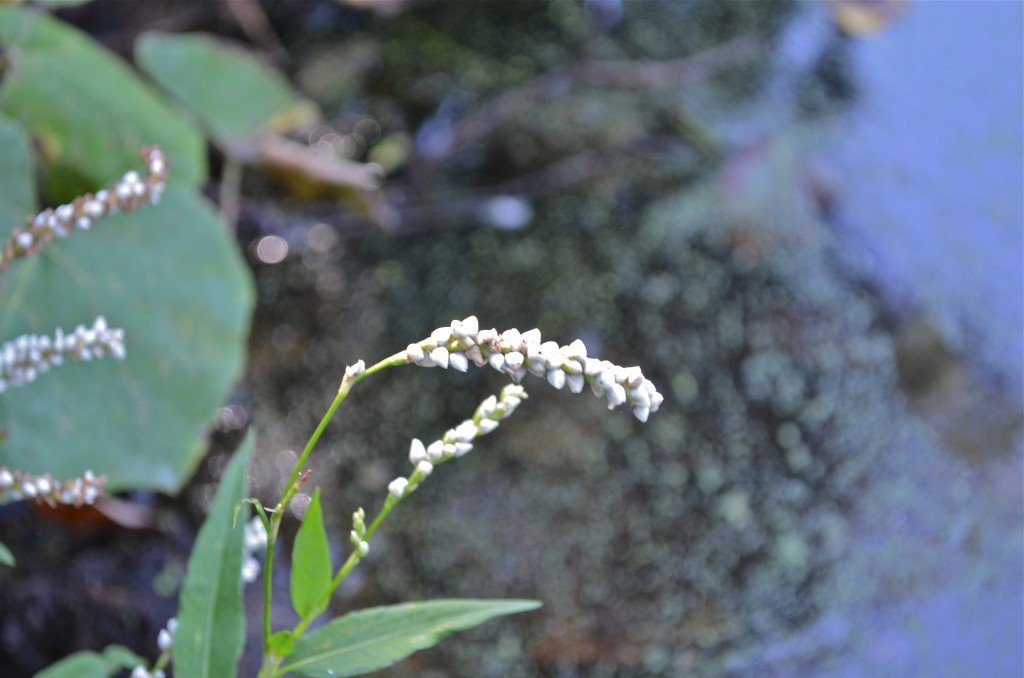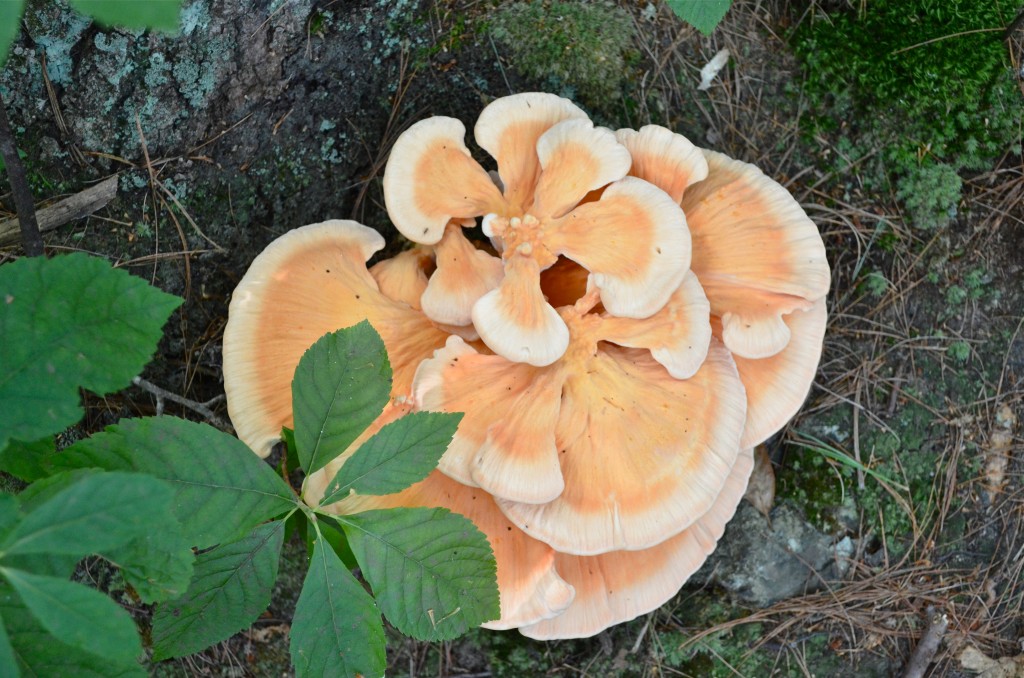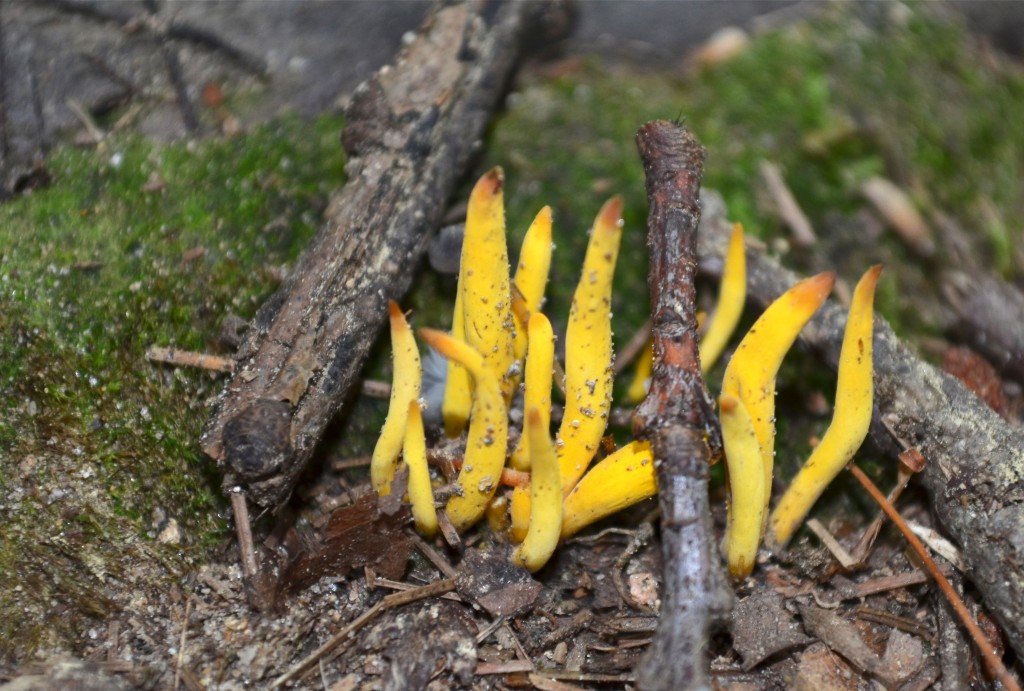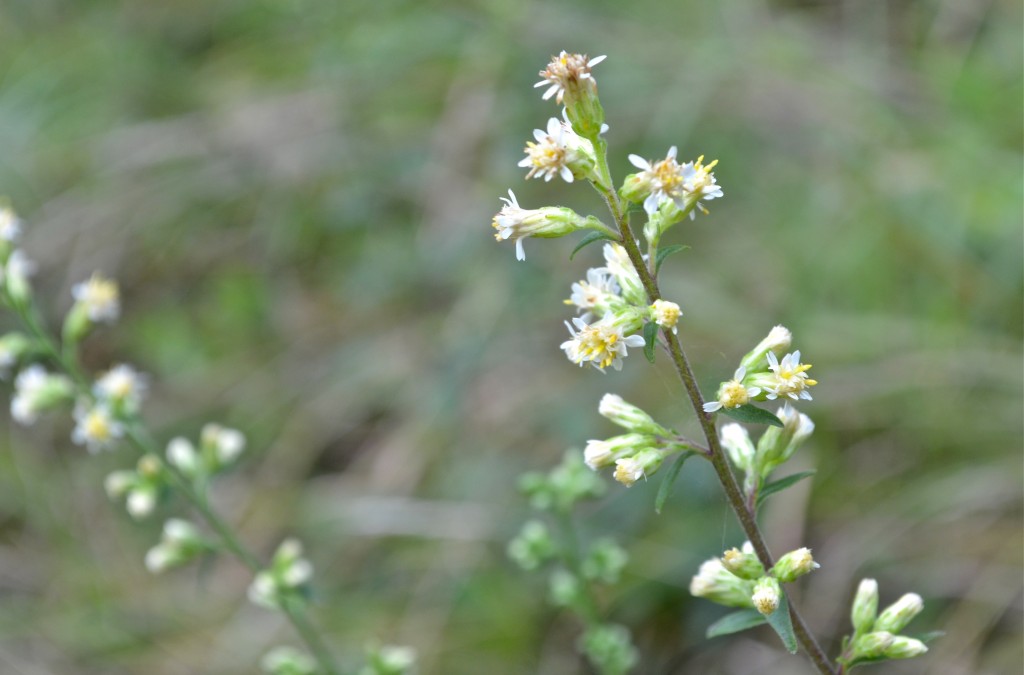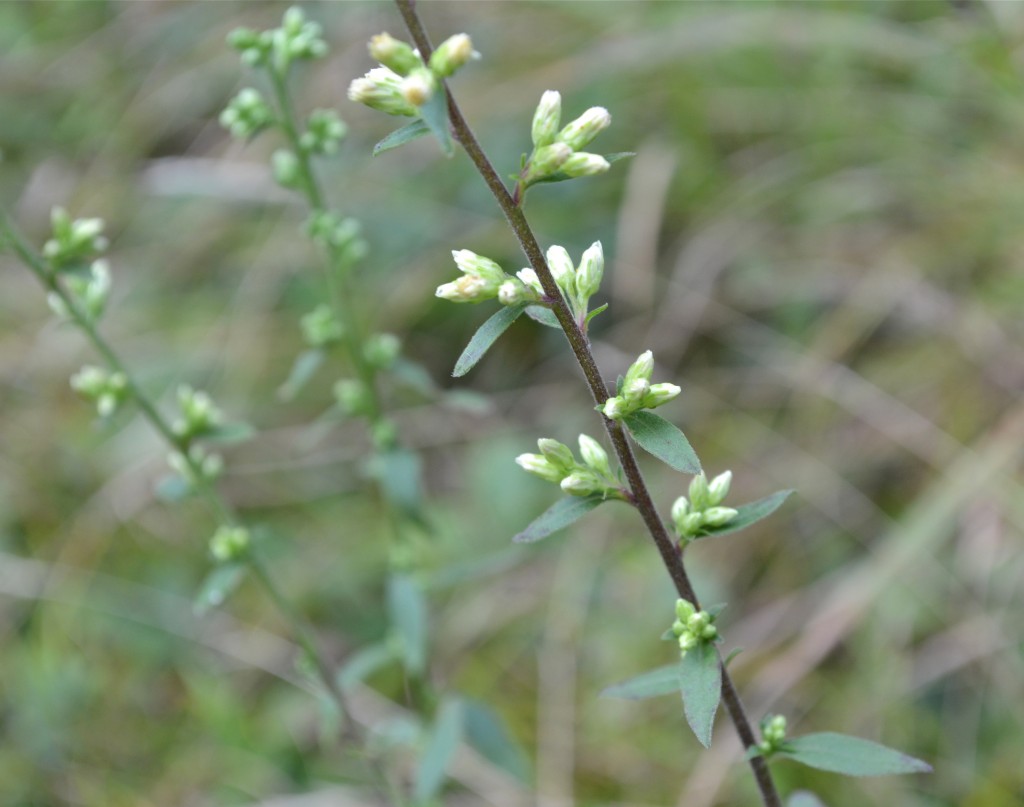Lucy and I were walking in the woods not on a trail when something cold brushed past my leg. I kept the shrieking to a minimum and saw this toad, about the size of my fist, so well camouflaged that I never would have seen it had it not tapped me on the shoulder. So to speak. Even the stripe on its back looks like a bit of grass.
Their tadpoles are very small, solid black, and reach adulthood in 30-40 days, and then become mostly terrestrial. Their skin produces a toxic chemical that discourages fish from eating them.
American Toad (Bufo Americanus)

